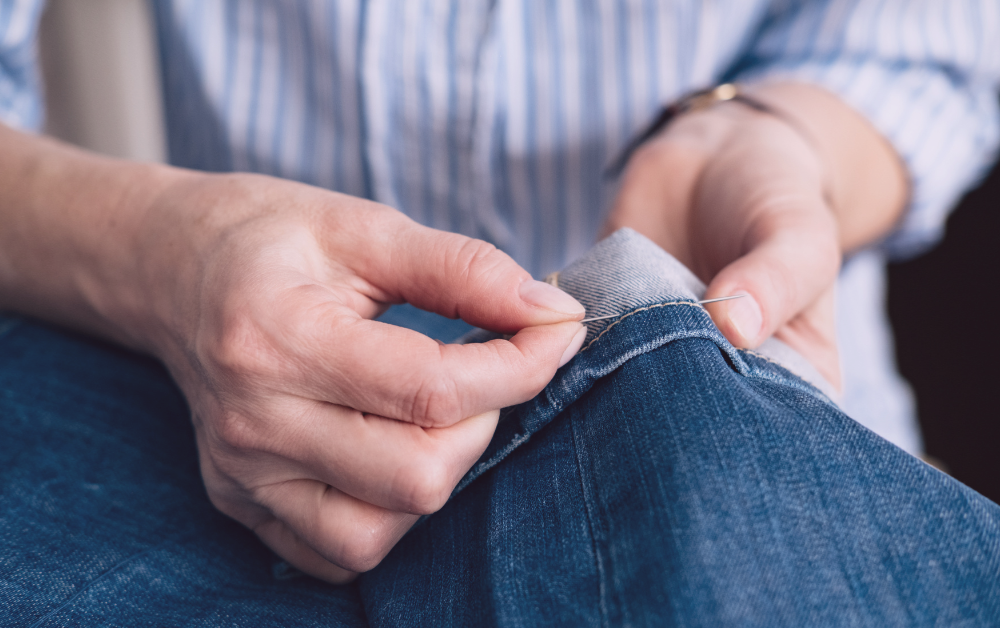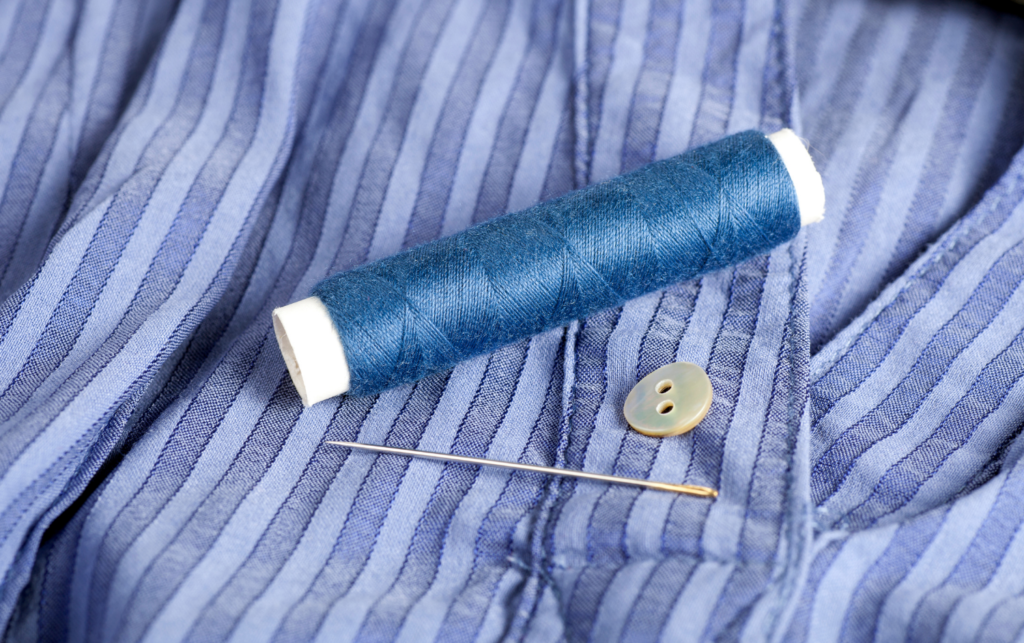The fashion market continuously evolves as trends change. In the past, consumers have faithfully followed these trends, buying and then discarding clothing when new styles arrive. This is problematic, since “Today, just 1 percent of clothing is recycled and almost three-quarters, or 73 percent, ends up in the landfill” (Standish & Morrison, 2019). However, these practices are changing as both consumers and the industry shift their focus to sustainability.
Quality Production of Clothing
To increase longevity, products must be built to last. For instance, one study determined that fast fashions are not well-constructed and usually don’t last beyond 10 wearings (Pierre-Louis, 2019).
Admirably, many brands are aware of their role in this problem. Brands such as Burberry and Erdem are taking initiative, teaming with the aftercare industry to promote sustainable garment care and move from damaging dry-cleaning processes; this even extends to revising clothing care labels so that they are easier to understand (Webb, 2020).
Thoughtful Purchasing of Clothing
While brands are responsible for producing quality products, consumers are accountable as well and should thoroughly consider each item they purchase.
A 2019 New York Times article presents a number of questions for consumers wanting to support the slow fashion movement by buying fewer, longer lasting pieces; certainly this serves as a contrast to the fast fashion movement where catwalk trends are mass-produced quickly and cheaply (Pierre-Louis, 2019). These questions include:
- Will I wear it again?
- Does it feel good to the touch?
- Can I see my hand through it?
- Does it pass the tug test?
- Is it a good blend?
- Can I maintain it?
Superior Care of Clothing
Once purchased, maintenance is key, as “Clothing care accounts for around 30 percent of a garment’s total carbon footprint” (Webb, 2020). Designers and dry cleaners shared these tips to help clothes last (Beddie, n.d.):
- Treat delicates delicately, preferably washing by hand and also air drying.
- Soak swimwear after each use.
- Look for and quickly treat stains on the inside of shirt collars.
- Iron in this order: collar, cuffs and then the rest of the shirt.
- Fold T-shirts instead of hanging them so that they don’t stretch and get hanger marks.
- Don’t overwash pants.
- Turn jeans inside out to protect the indigo color during washing.
Consumers can also do their part by learning how to fix minor issues, like replacing a lost button or repairing a torn seam.
The Long Run
If a garment’s lifespan can be doubled, then the greenhouse gas emissions can be reduced by 44 percent (Ellen MacArthur Foundation, 2019, p. 23). In conclusion, manufacturers, brand designers, and consumers can work together to extend the longevity of clothing, doing their part in building a sustainable, circular economy.
References
Beddie, A. L. (n.d.). How to take care of your clothes. New York Times T Magazine. https://www.nytimes.com/guides/tmagazine/how-to-take-care-of-your-clothes
Ellen MacArthur Foundation. (2019, September 26)., Completing the pictures: How the circular economy tackles climate changes. https://www.ellenmacarthurfoundation.org/assets/downloads/Completing_The_Picture_How_The_Circular_Economy-_Tackles_Climate_Change_V3_26_September.pdf
Pierre-Louis, K. (2019, September 25). How to buy clothes that are built to last. New York Times. https://www.nytimes.com/interactive/2019/climate/sustainable-clothing.html
Standish, J., & Morrison, H. (2019, July 22). Think tank: A circular future for fashion. Women’s Wear Daily. https://wwd.com/business-news/business-features/accenture-sustainability-think-tank-1203221113/
Webb, B. (2020, October 22). A new movement to reduce the hidden environmental cost of clothing care. Vogue. https://www.voguebusiness.com/sustainability/a-new-movement-to-reduce-the-hidden-environmental-cost-of-clothing-care

Why Garment Longevity is Important
Greenhouse gas emissions can be reduced by 44% if a garment’s lifespan can be doubled (Ellen...

The carbon footprint of clothing care
No one can argue that the quick production and evolving trends of fast fashion lead to exponential...

How to sustainably declutter your closet
Fashion site The Nines (2021) interviewed 1,000 women in the U.S. and shared fascinating statistics...



